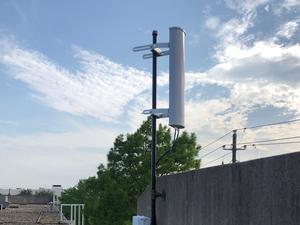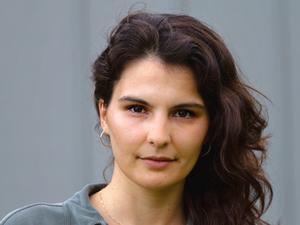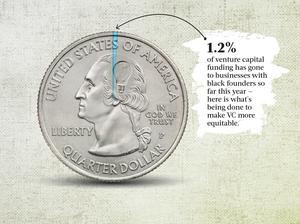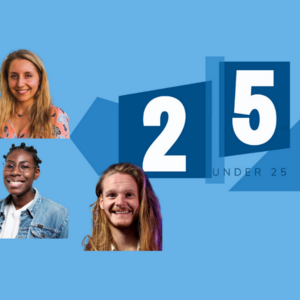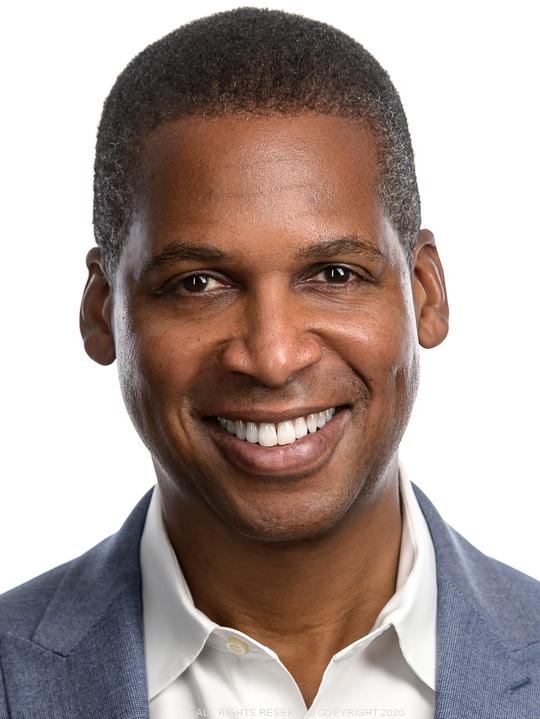
Health care provider burnout and a dramatic increase in patient needs are just two negative consequences of the Covid-19 pandemic.
Companies laying off staff is another.
Health care startup Remedy Applications Inc. suffered that fate last October, when it cut 82 employees from its staff.
But the venture has rebranded as CareHive Health Inc. and pivoted to a new business model. Previously, it focused on on-demand urgent care and even operated a physical clinic inside the Whole Foods Market Inc. headquarters building on West Sixth Street. Now the clinic is closed and CareHive is focused on a digital strategy that it hopes can increase efficiency in the bloated U.S. health care system.
The company also has a new CEO: Dr. Ronald Dixon, who joined the company in its previous iteration in July 2020 as chief medical officer. He became CEO last month.
It's a new lease on life for a venture-backed company, exemplifying the setbacks many startups suffered and how some were able to bounce back by changing their focus.
Dr. Jeremy Gabrysch founded Remedy in 2016, and served as CEO until December 2020, according to his LinkedIn page. Gabrysch remains on CareHive’s board of directors.
Today, CareHive offers health care providers and patients telemedicine communication software that uses artificial intelligence and human “navigators,” Dixon said. Those navigators ensure patients become connected to the right type of providers. And the AI embedded in CareHive’s system keeps patients on track with recommended follow-ups, as well as things like specialist referrals and pharmacy locations.
A critical aspect of CareHive’s business model is that it comes at no extra cost to clinicians, Dixon said. That frequently prevents health care providers from adopting telemedicine tools, he said. Someone has to pay for the new service, and often no extra money exists in budgets to make it happen.
As a primary-care physician himself, whose positions have included medical director for three years at Massachusetts General Hospital in Boston, Dixon said he was frustrated when telemedicine companies “would come to me with a cool tool, and it always was an added cost. We’d have to pay for it. So, it became more expensive to provide care for the patient.”
Customers pay CareHive a monthly fee, or a per-member-per-month fee, Dixon said. The CEO declined to share the company’s total number of customers, but said they included Austin's Premier Family Physicians and Whole Foods.
Dixon and his colleagues want to provide value "to whoever is paying.” That could be an employer that self-insures or uses a health-insurance plan to cover the patient, or even “a large government employer” that accepts Medicare.
CareHive currently employs 50, the CEO said. Its workers are based in the Texas capital, Boston, Chicago and Minneapolis. Dixon said the company is hiring, but could not provide a specific number of new hires during the coming 12 months. That will depend on the company’s total clients, he said.
Positions to be filled include navigators, those on the data and engineering teams and software developers.
Dixon declined to share CareHive revenue figures and to say whether the company is profitable.
CareHive isn’t competing with primary care physicians “to take patients away,” Dixon underscored. Its clinical navigation system integrates with the care in which doctors and patients already are participating. That differentiates the company from other telemedicine services, which sometimes act as an island, where only the vendor is transmitting and receiving the flow of information, not to mention revenue.
CareHive data show its system saves money for all concerned parties by solving a problem virtually, rather than the patient going to the emergency room or an urgent care facility, Dixon said.
Personal medical debt is a major issue in the United States. Unpaid medical bills totaled $140 billion in 2020, up from $81 billion in 2016, according to a July report in the Journal of the American Medical Association.
Shifting away from acute care
Another characteristic that differentiates CareHive in the telemedicine world is its ability to help patients with chronic conditions — asthma, congestive heart failure and hypertension, for instance — in addition to acute ailments, Dixon said. CareHive’s system follows up with the patient, perhaps after they’re discharged from the hospital, to ensure the health problem doesn’t become worse.
CareHive’s human navigators and its AI work together to reduce the chances of such patients “falling through the cracks,” Dixon said. CareHive effectively replaces the health care system writ large as the entity patients rely upon for follow-up treatment, he said.
For example, Dixon described a patient who might be suffering from pink eye or a sore throat — both of which would be acute-care conditions. But during the conversation with the clinician, the patient reveals other issues, such as the thyroid medication they are on. But, that thyroid condition “hasn’t been checked in forever.” A typical urgent-care facility process would entail referring the patient back to the primary care physician, “leaving it up to the patient.”
Dixon emphasized, however, that CareHive steps in to help move that situation forward. “We’ll take care of that patient getting a test, connecting with the patient’s primary care physician. Our team will collaborate with the patient’s primary care team to give them a heads-up: here’s what’s coming.”
That also inserts a buffer between patients and providers to reduce the feeling some clinicians have endured during the pandemic of essentially always being on call.
“We wanted to partner with primary care providers, who have been walloped in the pandemic, and lessen their burden,” particularly when so many were on call nights and weekends, Dixon said.
Because CareHive’s telemedicine employs AI, it learns from each patient interaction to prevent unnecessary escalation to the doctor when a nurse could solve the problem, Dixon said. The AI also learns what mode of communication is preferred by patients.
Venture backing
When CareHive was Remedy, it closed a $10 million series A funding round in 2019 led by Austin-based Santé Ventures. That is the total capital the company has raised to date, Dixon said. Santé is a venture capital firm that invests in early-stage medical-technology startups.
Dixon said that round continues to fund CareHive, and that the company will be raising another round “within a year.” The total of that round remains to be determined, he said. “It depends on the size of our client base.”
The company currently occupies 5,068 square feet at 5901 Vega Ave., where its lease runs until late 2022. Dixon projected the company would be looking for new office space in the next year as it grows, likely between 7,500 square feet and 10,000 square feet.
The CEO said neither he nor his colleagues are focused on an exit. Instead, they’re “in it for the long run” to build CareHive into a company that, over time, can serve providers and patients better, as it continues to gather data.
Other companies that also operate in the increasingly crowded telemedicine space are Austin-based startups Medici Technologies LLC and Wheel Health Inc.
